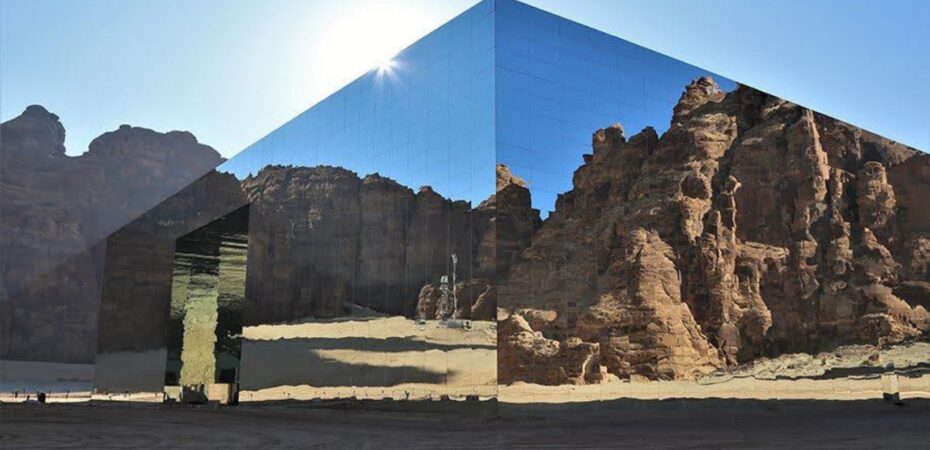Saudi Arabia many landmarks display its important historical achievements. These locations highlight the customs, different cultures and old civilizations of the country. They also have a unique connection between the past and present. It offers important information about ancient communities that influenced the identity of the area. Visitors from all over the world travel to Saudi Arabia to see the incredible preservation of these sites. They also come here to have a personal look at its beauty.
The all-inclusive Umrah packages provide the chance to visit the historical sites of the Kingdom. Sites like AlUla bring history to life. It shows cultural gaps through engaging stories and expert archaeology. This city stands as proof of the power and innovation of past civilizations. Its rock formations and tombs preserve the achievements of ancient societies and their value to modern culture. Below we will discuss some cultural secrets of AlUla.
A Journey Through Time
This city is the most culturally valuable travel destination in Saudi Arabia. It is based in the country northwest region. Its landscape is expertly filled with palm groves and amazing rock formations. These formations offer an excellent look into the lives of ancient societies. Its cultural treasures reflect its status as a key center of trade, learning and spiritual practices. Especially that date back many years.
The Nabatean civilization is famous for its value in this region. They have made AlUla a strategic hub. Their craftsmanship is evident in its tombs carved into massive rocks and adorned with symbolic carvings. These ancient architects displayed expert skills. They leave behind structures that still marvel modern viewers. The Hegra is a key part of the AlUla city. It stands as the first UNESCO World Heritage site of the Kingdom.
The Effects of the Dadanite and Lihyanite Regions
AlUla was home to the Dadanite and Lihyanite kingdoms before the Nabateans. They dominated the region. The Dadanite and Lihyanite people established a rich cultural legacy. It can easily be seen in the statues, inscriptions and structures they left behind. They reflect the political power and spiritual beliefs of the time. Its advanced infrastructure, religious centers and civic structures reveal a society with a sophisticated understanding of urban planning and architecture. The Lihyanite Kingdom followed expanding Dadan influence and preserving its cultural practices. Artifacts from this era including statues of Lihyanite rulers show the skills of these early societies.
Both the Dadanite and Lihyanite periods played important roles in shaping AlUla’s heritage. They left a historical artifact for modern visitors to explore. The Dadan and Lihyanite kingdoms also practiced unique religious customs which are visible in AlUla temples and sanctuaries. Their beliefs centered around deities associated with nature, fertility and protection. These spiritual practices influenced later cultures and added layers to their cultural heritage. AlUla religious sites provide an excellent into the spiritual lives of these ancient people and their reverence for nature.
AlUla Role in the Incense Trade Route
This city location along the large trade route made it a key commercial and cultural hub in ancient times. The Arabian Peninsula was linked to Africa, Asia and the coast of Europe by this trading route. Merchants traveling through AlUla traded incense, spices, textiles and precious stones. It contributed to the city wealth and diversity. AlUla became an excellent hub where people from different backgrounds interacted with their cultures in the city art and architecture.

This trade route also influenced AlUla’s cultural development. Because travelers introduced new beliefs, languages and customs. Temples, inscriptions and artifacts found in AlUla reflect the blend of influences from across the ancient world. AlUla role in the incense trade highlights its importance as a center of cultural exchange that shaped its history. The Saudi visa for Umrah helps Today’s people to see this city historical sites easily. They can visit this place after performing their Umrah with Umrah tour packages.
The Rock Art and Petroglyphs of AlUla
This city rock art and petroglyphs offer a way into the daily lives and beliefs of its ancient inhabitants. These carvings are found on rocks and cliffs across the region, animals, humans and symbols from early societies. AlUla petroglyphs show scenes of hunting, worship and social interactions and capture the beauty of life in ancient Arabia. Each symbol and figure carved into AlUla rocks serves as a timeless record of human expression, artistry and creativity.
This city petroglyph reflects the strong connection between ancient people and their environment. Images of camels and other animals reveal the importance of wildlife to AlUla inhabitants. Some petroglyphs also depict deities and ritual practices indicating the spiritual value of AlUla landscape. These artworks give modern viewers a view of these things with Customize Umrah packages UK.
They can see the beliefs, practices and interactions of ancient societies that once lived in AlUla surroundings.
AlUla Modern Cultural Revival
In recent years, Saudi Arabia has undertaken extensive efforts to preserve this city cultural heritage. The Royal Commission for AlUla has led initiatives to save historical sites. It attracts many visitors with Saudi visa for Umrah from around the world. Events like the Winter at Tantora Festival celebrate AlUla heritage, combining art, music and performances with historical exploration. These efforts aim to share this city secrets with the world. It also allows visitors to experience the ancient wonders that make this city unique.

- AlUla shows ancient secrets with its combination of natural beauty and heritage sites.
- Tourists can visit the beautiful landscapes of Hegra.
- Visitors can walk through its narrow streets to see markets, mosques and communities of the past.
- Tourists can see Saudi culture and artistry during AlUla traditional music and dance performances.
This city cultural value makes it a superb cornerstone of Saudi Arabia heritage. Its ancient architecture offers a complete view of early Arabian societies.


 By
By 





